If you were to ask 7 people around you: “Today, have you experienced a headache at any point?“, you would likely receive at least one answer of “Yes“. If you change “today” to “in the past year”, then one in every two respondents would nod in agreement.
These statistics are drawn from a recent study published in the Journal of Headache and Pain. According to the findings, up to 15% of the population, equivalent to 1.1 billion people, suffer from headaches daily. Furthermore, 52% of the population, about 4.1 billion people, experience headaches annually.
Headaches seem to be becoming a chronic condition that plagues humanity.

Up to 15% of the population, equivalent to 1.1 billion people, suffer from headaches daily.
In case you are unaware, headaches result from interactions between the brain, blood vessels, and the nerves surrounding the head. A headache occurs when a specific trigger activates certain nerves that affect the muscles and blood vessels. These nerves send pain signals to the brain, causing discomfort in various forms.
There are mild, persistent headaches, as well as severe and intense ones. You may also experience pain on one side of the head or cluster headaches.
When categorized by cause, there are primary headaches due to stress, genetics, etc., and secondary headaches caused by vascular diseases, injuries, sinus blockages, or tumors.
Scientists have identified over 150 causes and types of headaches. This explains why headaches have become one of the most bothersome symptoms for humanity today.
And if you recall, Covid-19 can also lead to headaches.
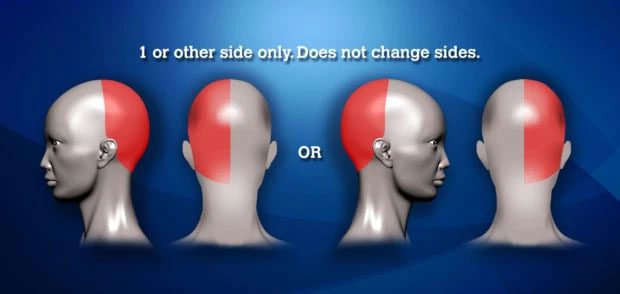
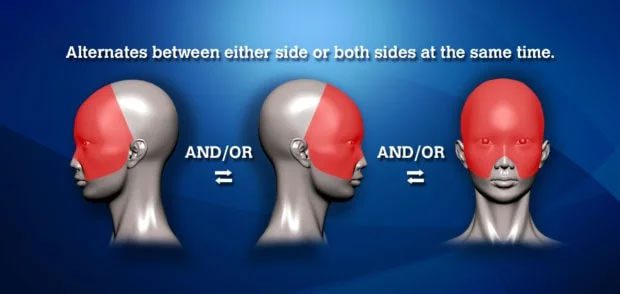
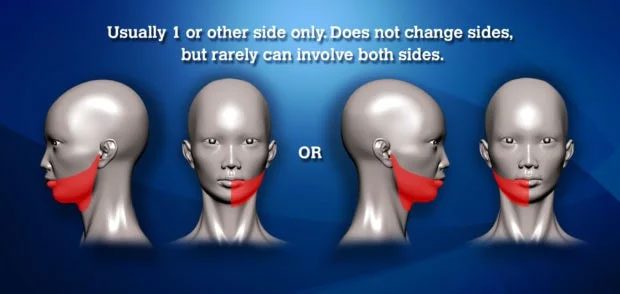
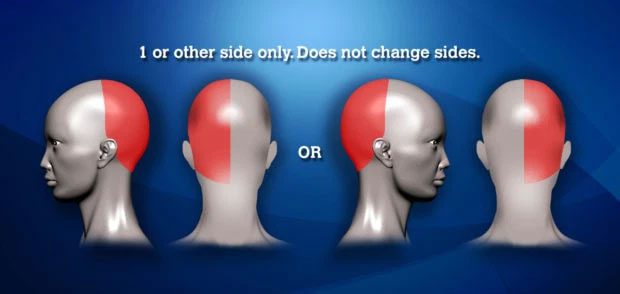
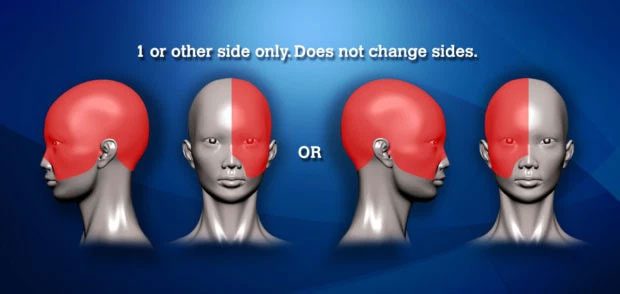
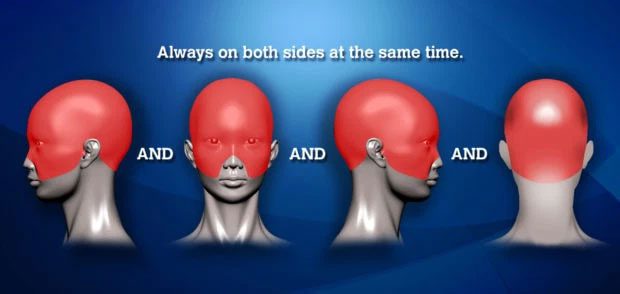
There are hundreds of different types of headaches.
In an updated assessment by the Global Burden of Disease project, a group of brain researchers from Norway and the United Kingdom re-evaluated 350 large statistical studies on headaches up to the year 2020.
In addition to the previously mentioned statistics, which state that more than half of the world’s population suffers from headaches annually, the study also found that 26% of people experience tension-type headaches and 14% suffer from migraines.
Approximately 5% of the population deals with headaches lasting more than 15 days each month. As noted, around one in seven respondents report having headaches every day.
This result aligns with previous estimates and once again highlights that headaches remain an increasingly common issue worldwide.
The causes may stem from a world that is becoming increasingly stressful. Exposure to polluted environments, as well as genetic factors, also contribute to the rising incidence of headaches, according to the authors of the new study.

About 10% of headaches are considered severe and require medical treatment.
Doctors indicate that most headaches are bothersome and reduce productivity, but they are usually transient, and you simply need to wait for them to subside.
However, about 10% of headaches are considered severe and require medical treatment. You should seek medical attention if you experience headaches lasting more than 72 hours. Additionally, headaches accompanied by any of the following symptoms can be dangerous:
- Headaches with nausea
- Double vision
- Dizziness or fainting
- Slurred speech
- Fever
- Weight loss
- Continuous insomnia
- Swelling or sluggishness in limbs
These may be additional symptoms associated with secondary headaches, and you should consult a doctor to identify the underlying condition causing them for timely treatment.



















































